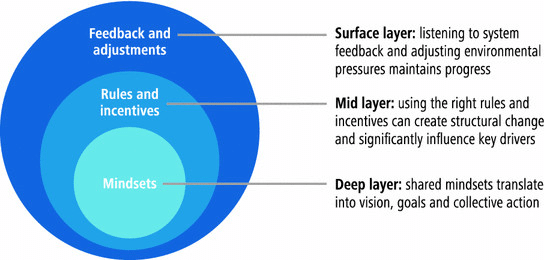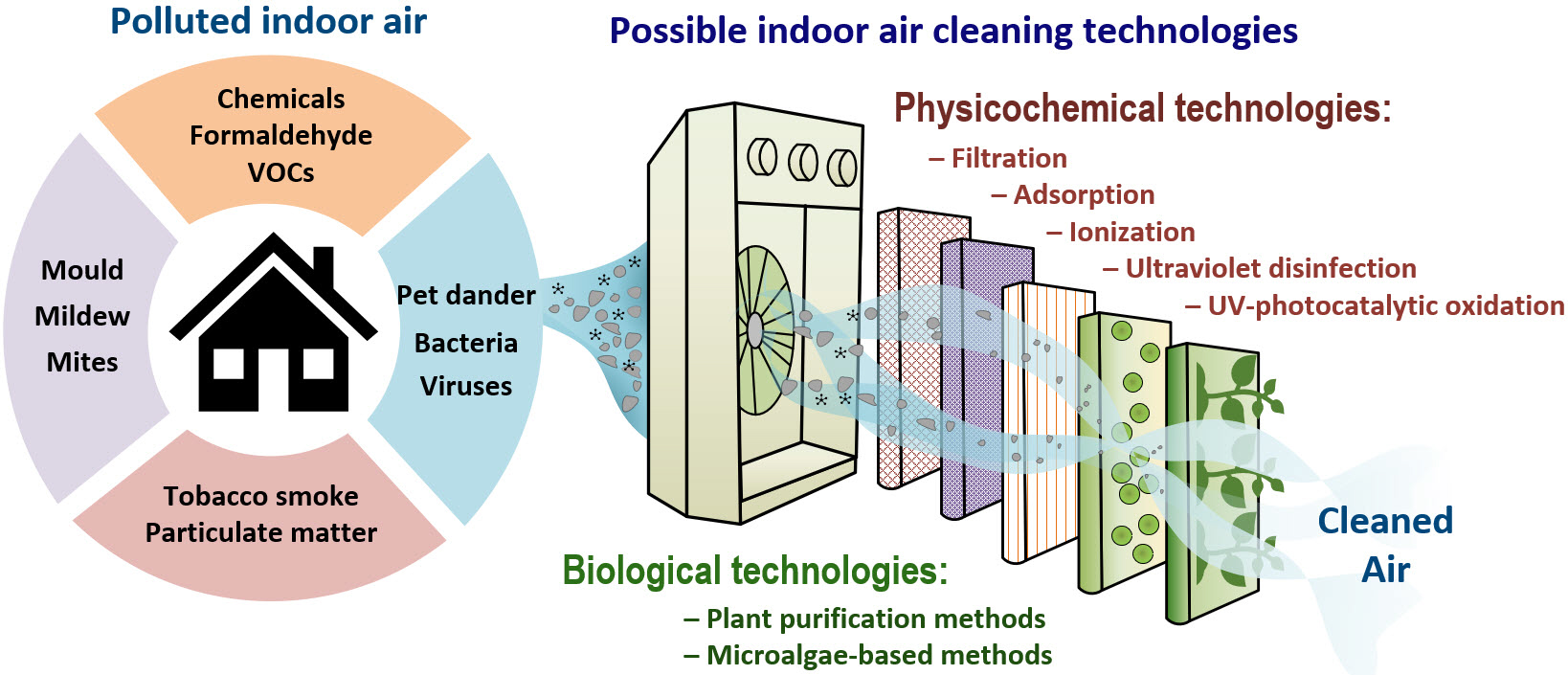Building a SOAP web application isn’t a simple task. Much like the construction of a high-rise building, it requires a carefully planned, layered approach. This article will explore the importance of structured layering in SOAP web development, drawing parallels from the architectural industry.
Building a Layered Application: An Architectural Analogy
Just as architects design multi-story buildings to maximize the use of space, developers design SOAP web applications with multiple layers to increase efficiency. For instance, mezzanine floor suppliers are adept at creating additional floors within an existing space. This space optimization technique mirrors how developers craft layers of code within the architecture of a SOAP application.
The Three-Tiered Structure of SOAP Applications
SOAP applications generally follow a three-tiered structure. This consists of a presentation layer, business logic layer, and a data access layer. Each tier has a distinct function, ensuring that tasks are compartmentalized and managed effectively. The presentation layer is the user interface where users interact with the application. The business logic layer handles data validation and processing. The data access layer, meanwhile, communicates with the database to fetch, update, or store data.
Strategic Layering: A Lesson from Mezzanine Floor Suppliers
Mezzanine floor suppliers excel at creating useful space within an existing structure. The floors they install provide extra room without disrupting the overall architecture of the building. Likewise, in SOAP applications, we can ‘install’ extra layers of code to expand the functionality of the app without destabilizing the existing codebase.
Adapting to Changing Requirements
In SOAP web development, the demand for new features is continuous. Much like how an architect might design a building with future additions in mind, developers should design applications that can easily adapt to changing requirements. The key is to develop a layered architecture that allows for modifications without significant disruptions.
Conclusion
To conclude, the practice of structured layering in SOAP web development is critical for building robust, scalable applications. Just as mezzanine floor suppliers optimize space within an existing structure, a well-structured SOAP application maximizes efficiency and ease of modification. By learning from the principles used in the architectural industry, we can improve the way we approach web development projects.
By implementing this technique, you’ll have a more adaptable, scalable application ready for whatever changes may come. After all, in the digital world, staying ahead means staying adaptable.





